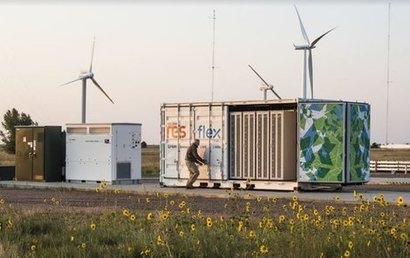
The report estimates that the three main drivers of energy storage – mobility applications, electronic devices, and stationary storage – will reach an annual combined deployment level of 3,046 GWh over the next 15 years, up from the current 164 GWh, with mobility applications making up the lion’s share of the growth.
“The energy storage industry is poised for a massive increase in annual revenue and deployment capacity as key innovative technologies, such as solid-state batteries and flow batteries, reach commercialisation” said analyst Chloe Holzinger, one of the report’s lead authors. “We continue to expect electric mobility applications, primarily light-duty passenger vehicles, to be the principal long-term driver of energy storage annual revenue and demand, with a total market share of 74 percent by annual revenue and 91 percent by annual deployed GWh by the year 2035.”
Growth in revenue and deployment for the energy storage market over the next three years will be markedly different from the overall 2035 projections, with plug-in light-duty vehicles remaining the largest market with a predicted $24 billion increase in revenue by the end of 2022. Medium- and heavy-duty vehicles come in next, growing from $600 million a year in 2019 to a projected $3.6 billion per year in 2022, but have the highest combined annual growth rate (CAGR) of 80 percent. Residential storage has a CAGR of 76 percent and $8 billion revenue increase over the next three years, followed by personal mobility with a CAGR of $49 percent and $4.6 billion revenue increase.
Mobility applications remain the long-term growth and demand driver for energy storage through 2035, with personal mobility devices expected to increase to $43.7 billion from their current $2 billion in revenue. Stationary storage is expected to grow to $111.8 billion in revenue by 2035, marking a significant increase from its $9.1 billion revenue in 2019. Meanwhile, energy storage demand for electronic device applications is expected to remain flat over the next 15 years with a CAGR of only 1.9 percent, as the markets for laptops, cell phones, and tablets are already saturated, leaving growth pegged primarily to population increase.
The report identifies five major technologies that are well-positioned to drive growth in energy storage markets: battery recycling, electric aviation, flow batteries, thin-film batteries, and solid-state battery improvements.
For additional information:

